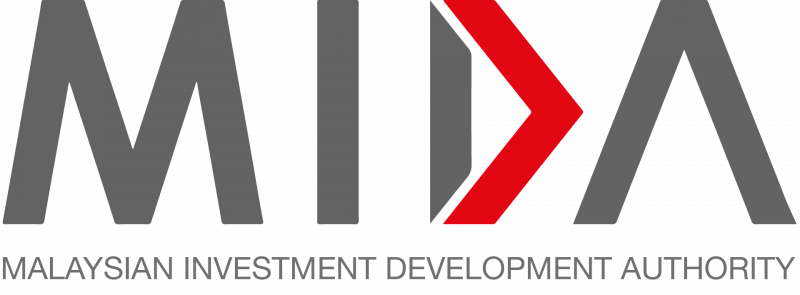Malaysia is considering joining several international organisations, including the Organisation for Economic Co-operation and Development (OECD), said Investment, Trade and Industry Minister Tengku Datuk Seri Zafrul Abdul Aziz.
Zafrul said in its effort to maintain a balance of the country’s economic development and good relations with all trading partners, especially world economic powers, Malaysia will continue to ensure an independent, principled and pragmatic foreign policy.
“The government will use a multi-directional approach so that the interests of the country are always upheld.
“This is one of the main reasons why Malaysia is not only considering participating in BRICS but also some other appropriate organisations such as the OECD, where Malaysia can contribute to the development of the international community.”
He said in reply to a question from Senator Datuk Noraini Idris in the Dewan Negara today regarding the propriety of Malaysia joining the BRICS economic alliance and how such participation does not hinder planning and global trade relations.
Zafrul stressed that Malaysia, as a trading country, always focuses on strengthening economic cooperation with all partner countries.
He said this is proven through the country’s involvement and active role in various international organisations at the regional and multilateral levels, including Asean, the Asia Pacific Economic Cooperation, the United Nations, and the Organisation of Islamic Cooperation (OIC).
“In that context, Malaysia’s participation in BRICS is in line with efforts to drive the economic agenda for the benefit of the country and the people.
“With a strategic and balanced approach, Malaysia can optimise the benefits of participation in BRICS, in addition to ensuring the stability and continuity of trade relations globally with all our main economic partners.”
BRICS, which comprises Brazil, Russia, India, China and South Africa as well as four new member countries — Egypt, Ethiopia, Iran and the United Arab Emirates (UAE) — have a cumulative population of 3.54 billion.
The total gross domestic product of the organisation is estimated at US$26.6 trillion (US$1=RM4.68) or equivalent to 26.2 per cent of the world’s GDP, said Zafrul.
Source: Bernama
Malaysia mulls joining OECD
Content Type:
Duration:


